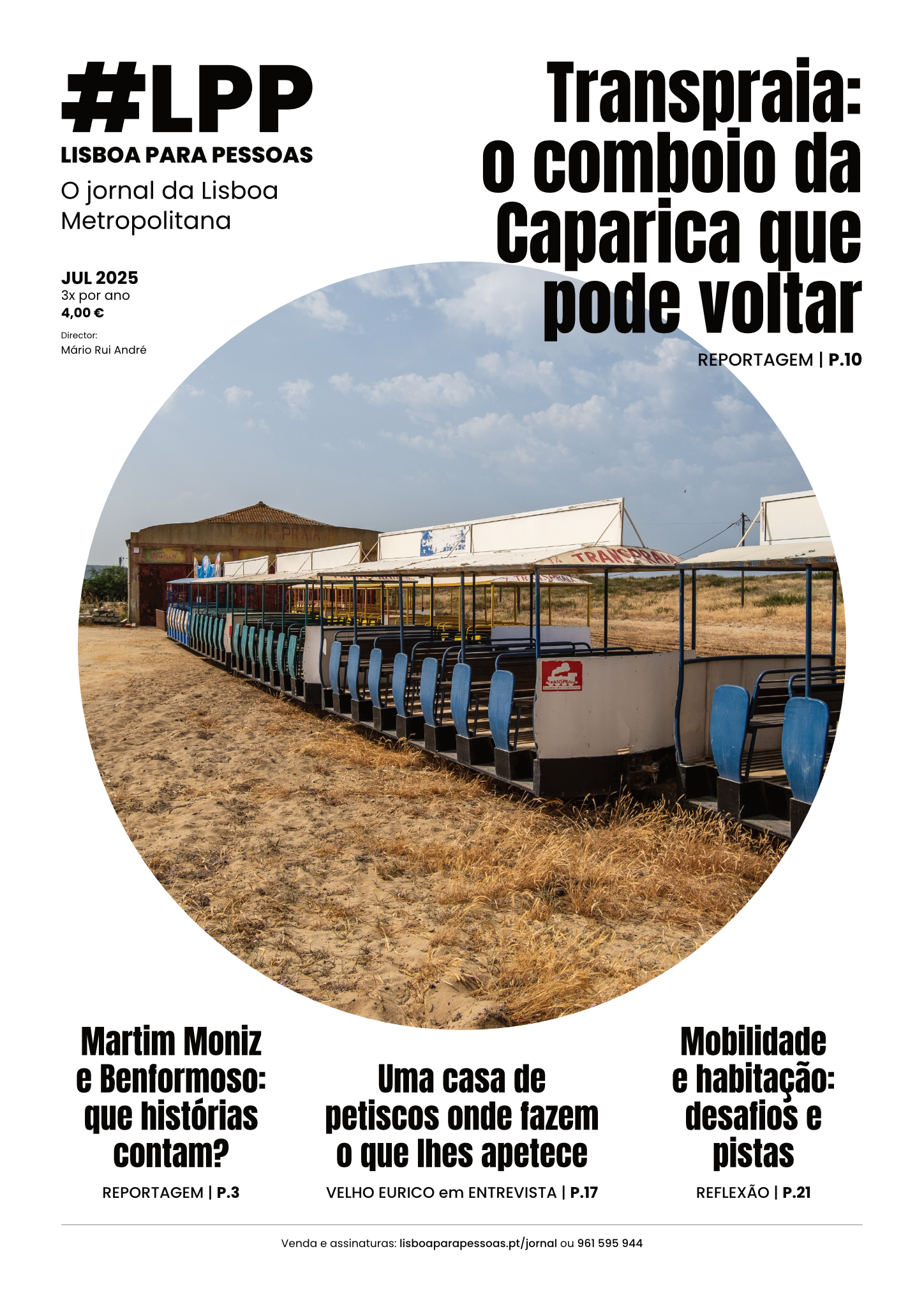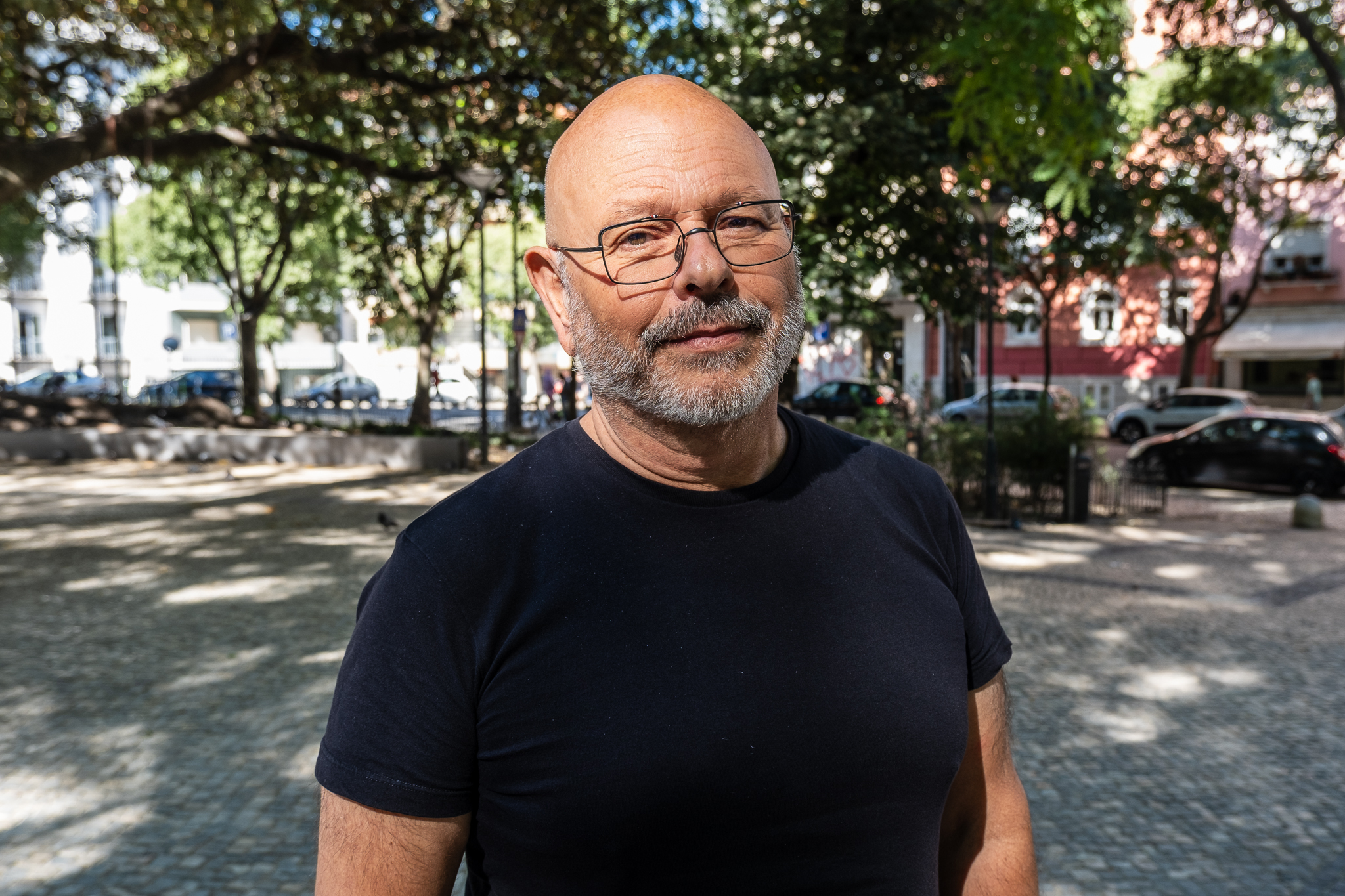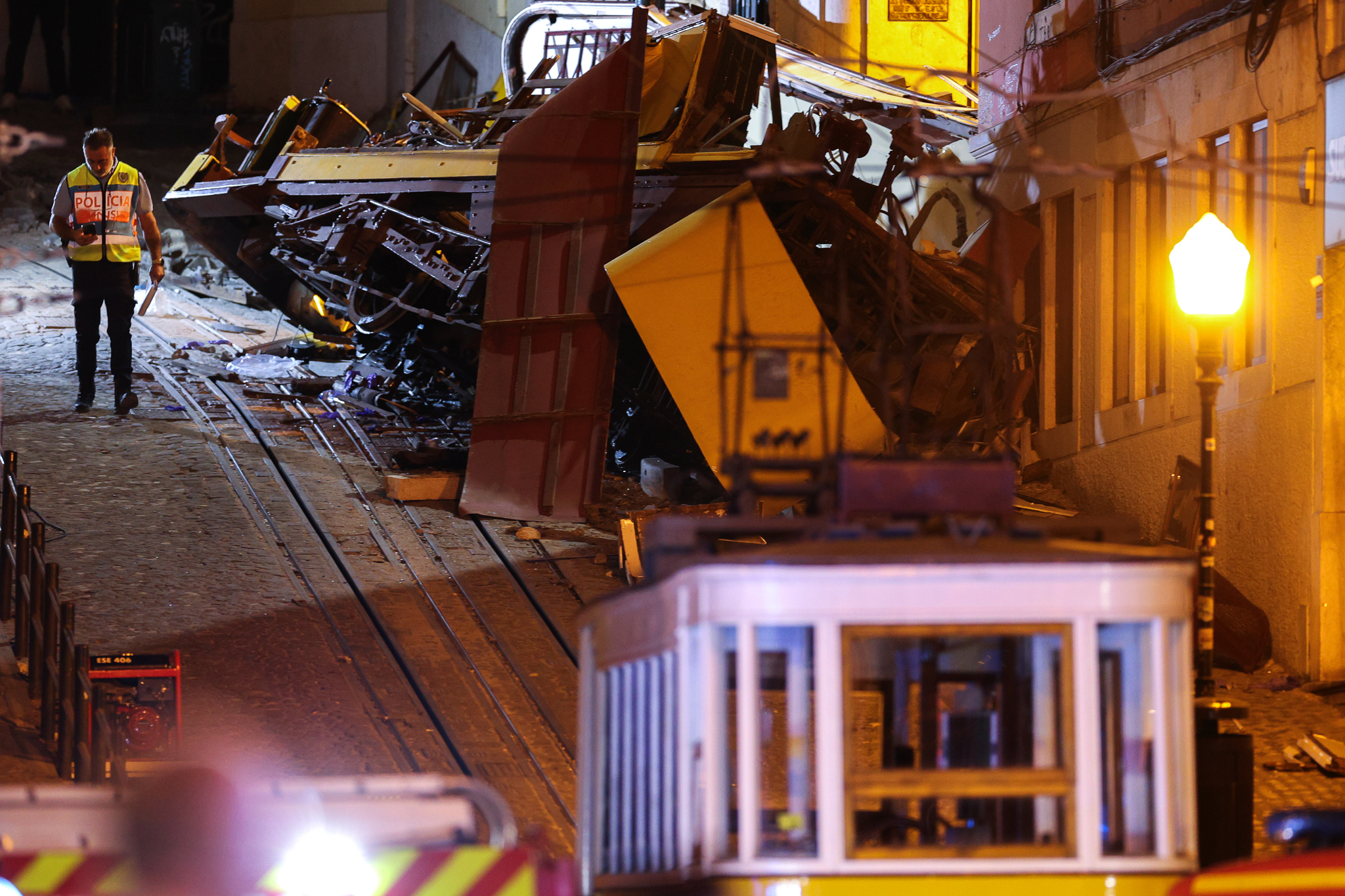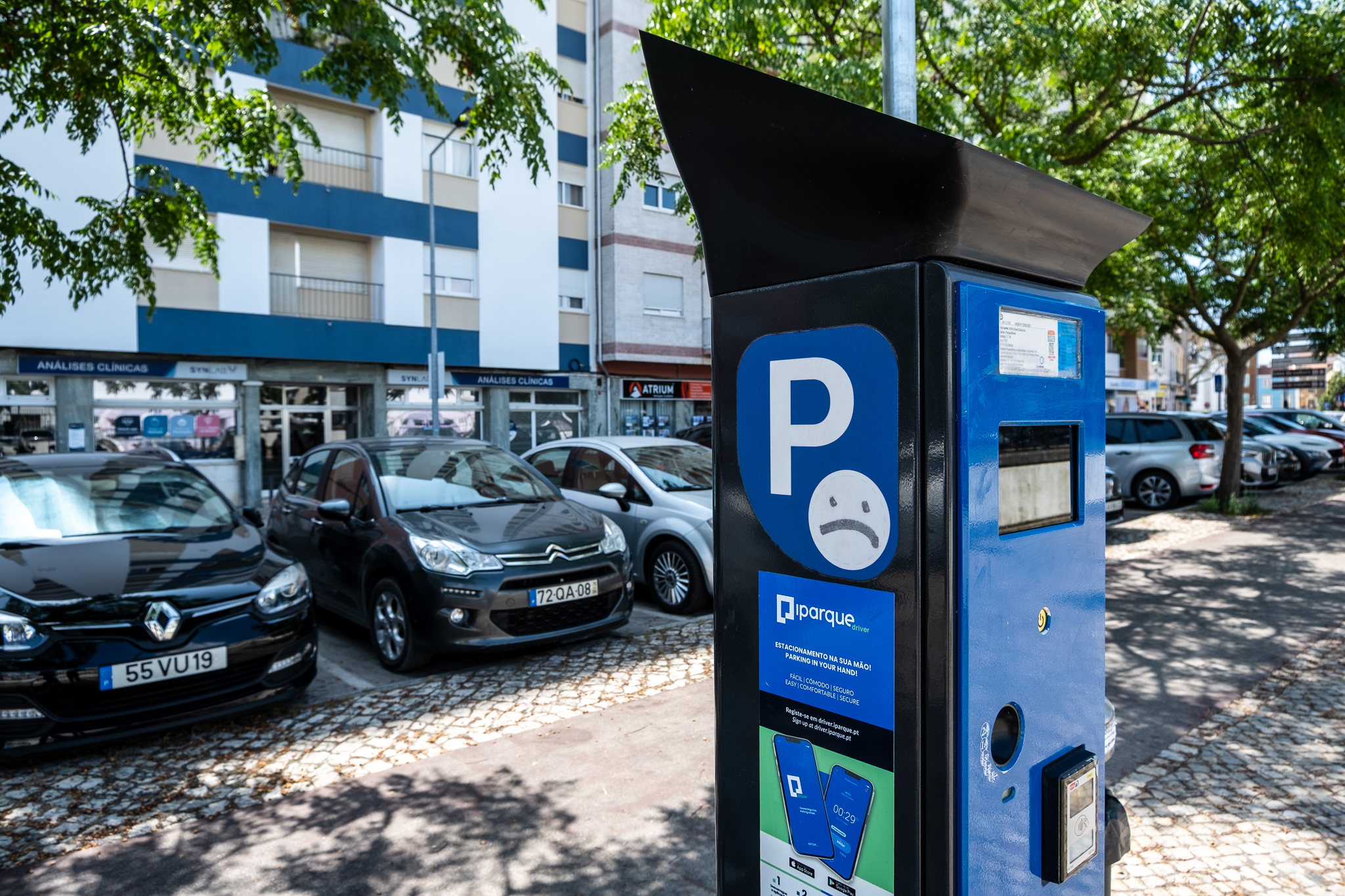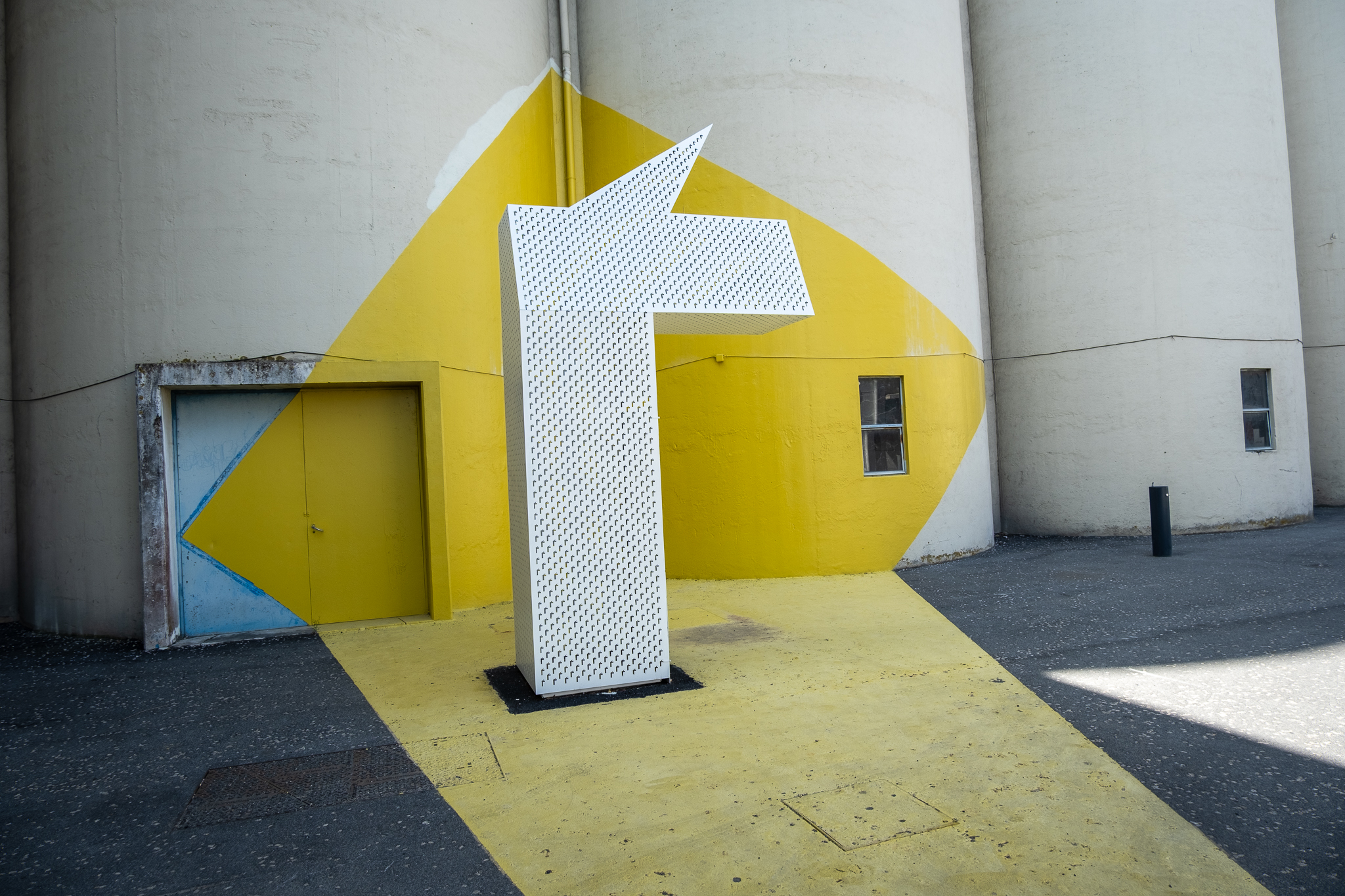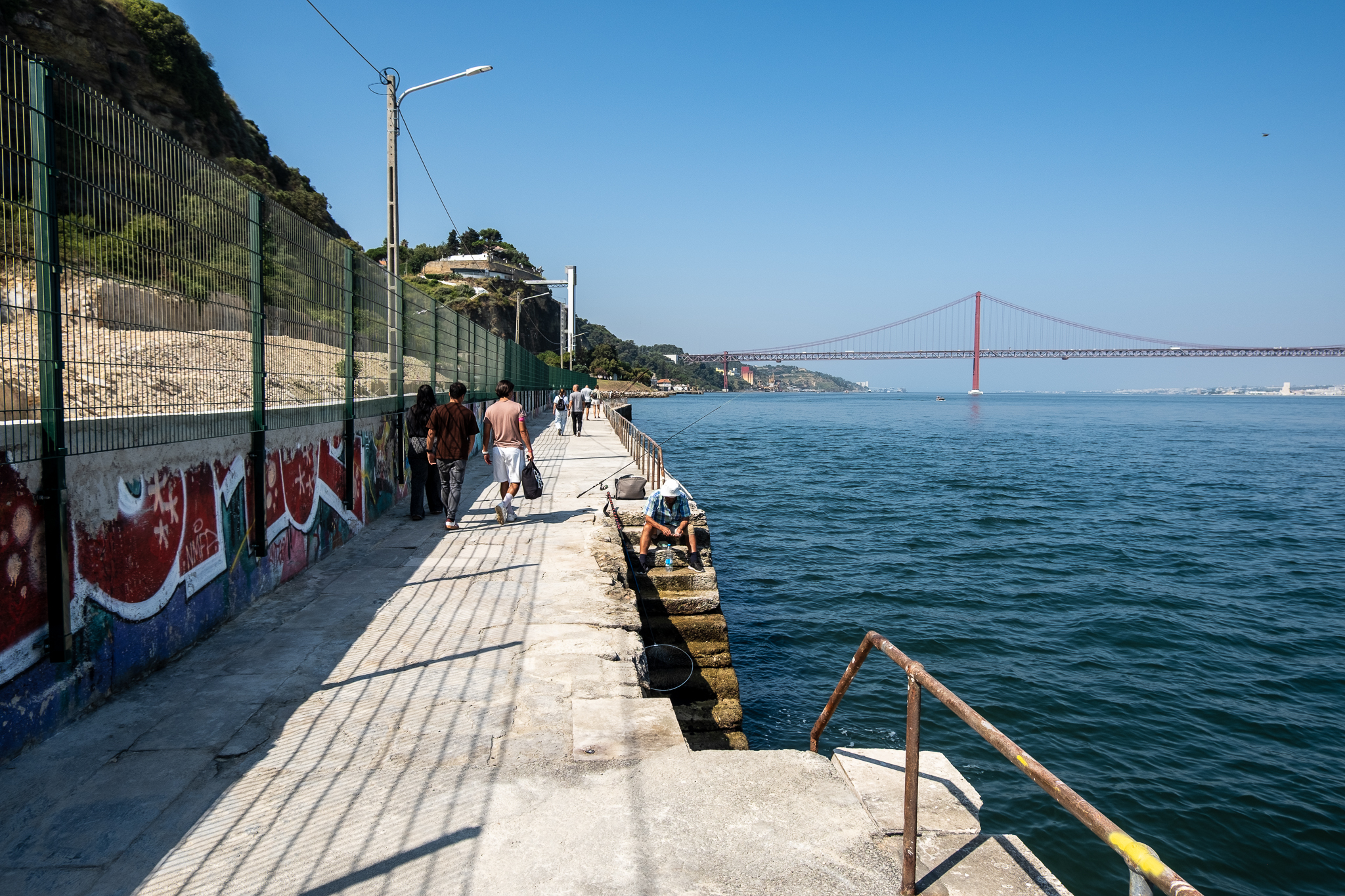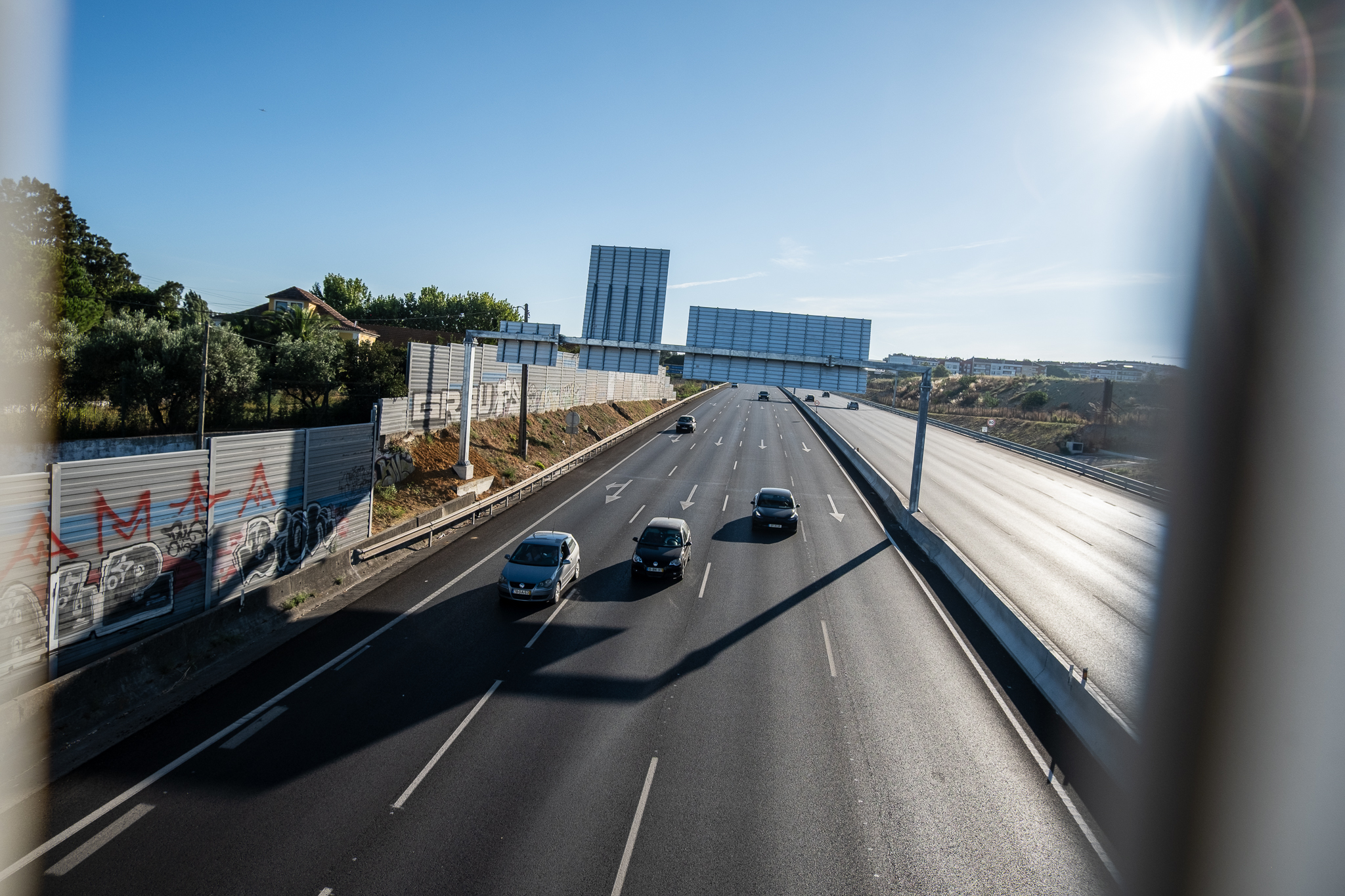On static bicycles, Carris professionals had the opportunity to understand the impact of a bus overtaking a bicycle user without the minimum safety distance of 1.5 meters. The awareness action was promoted by FPCUB.

EMEL lent the bicycles and the Portuguese Federation of Cycletourism and Bicycle Users (FPCUB) organized everything. For three days, Carris drivers experienced what it's like, on a bicycle, to be raked and honked at by a bus. The action took place in the company's parks in Miraflores, Musgueira and Pontinha throughout the day, with the drivers participating in their shift changes.
"That man over there is the engine of it all"says José Caetano, President of the FPCUB. He pointed to Leonel Mendonça, who divides his hands between the steering wheels of the buses and the handlebars of his bicycle. He has been with Carris since 1996 and "many years ago" that he usually rides to work: from Massamá to Miraflores, always by road. "At five-something in the morning, there aren't many cars and the ones that there are respect me, they swerve"he says.
It is Leonel's job to drive the bus that will make the raid and to blow the whistle to his colleagues, stopped on GIRA bicycles. The safety distance of 1.5 meters that, according to the Highway Code, must be safeguarded from a cyclist on the road is not observed: Leonel passes close by and is not restrained in the use of the horn. It sounds easy, but Leonel says it's necessary some skillbecause the goal is, of course, not to hurt anyone.
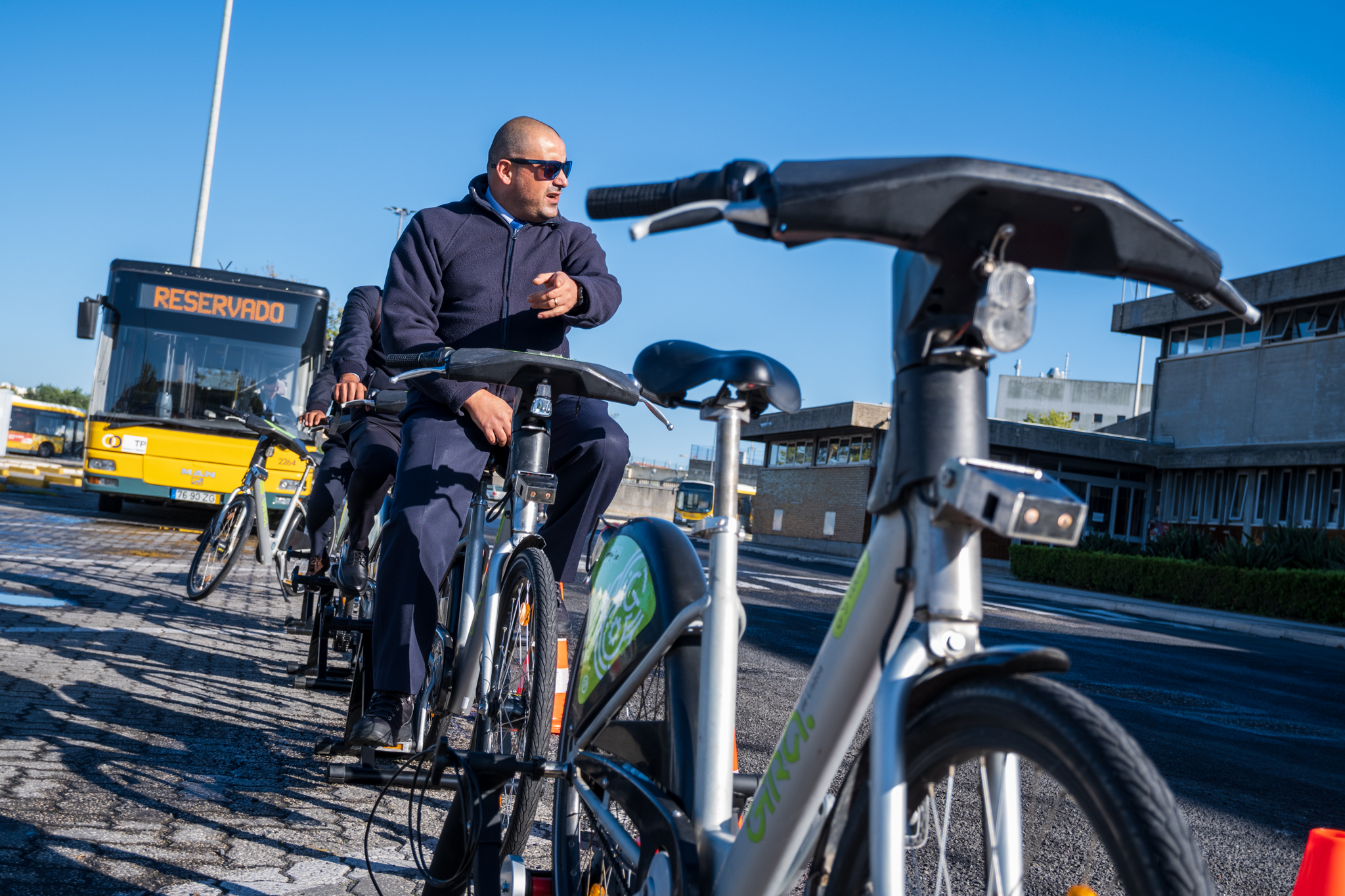
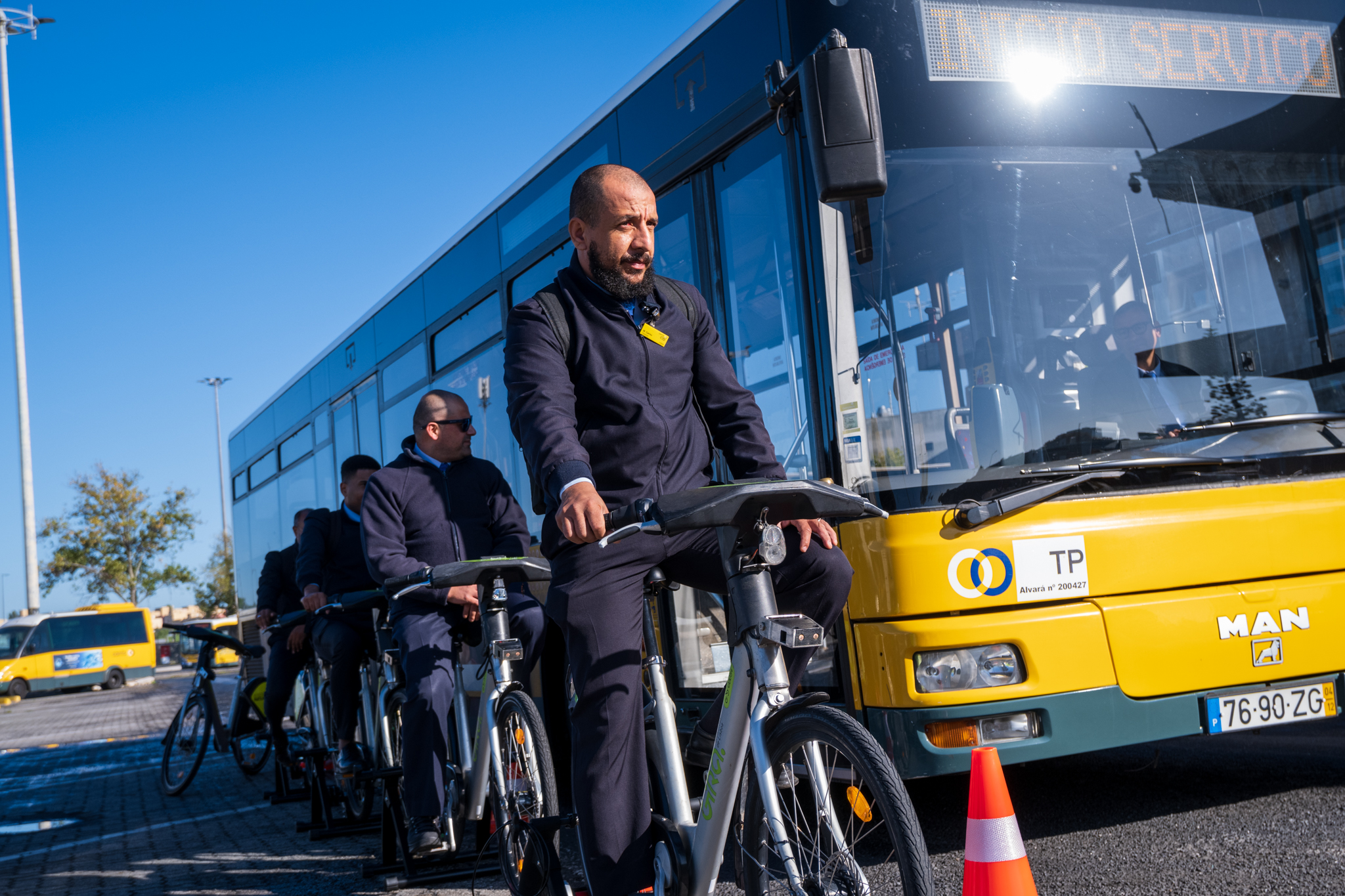
At shift changes, made in Carris parks, drivers were joining the initiative. Four GIRAs bicycles, lined up and secured on supports to keep them in place, were available for the participants to ride. In each round, the drivers pedaled while waiting for a Carris bus, reserved for this action, to pass by them at high speed, three to four times in a row. The first passage was made slowly, but the other two or three were not so slow, and in some of them there were whistles.
At the end, the participants took home a FPCUB t-shirt and an entry for a contest in which a city bike and a child car seat, for example, will be raffled off. The awareness action counted with nearly 200 people in the first two days; Lisboa Para Pessoas accompanied the third day, in Pontinha - until mid-morning, about two dozen drivers experienced the impact of overtaking a bus by a bicycle user.
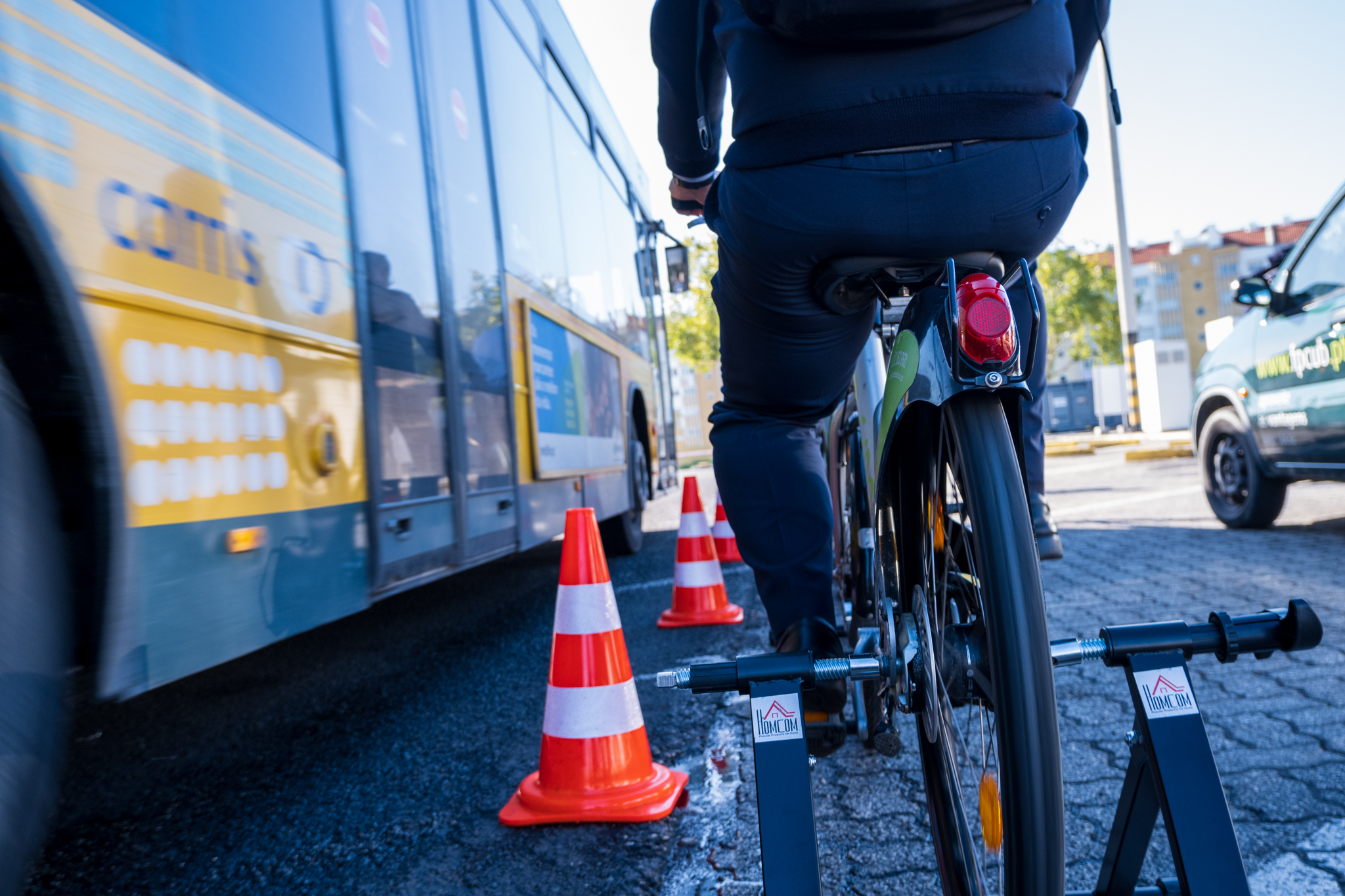
While Leonel's bus was passing and not passing, conversations were developing on top of the bikes. "It's an important one to experience one side and the other. It is a warning for us who are driving the busess“said one driver at the end, after being beaten. "We already know [that the bus] is coming, but I still got a scare, especially when it honked"reported a colleague. Several participants said they have experience with bicycles and therefore care for those who use them in the city. "Whenever I can I am careful"one of them said, mentioning that sometimes it is difficult "when they suddenly jump from the sidewalk to the road". "The scooters are the worst"commented another driver.
"Some people on bicycles are not careful, others are. It's like everything else in life."Leonel said. "I think we all have a conscience" of the impact of being razed by a bus. From the sample of drivers who participated during the morning in Pontinha, there seemed to be a care for those who ride in the city by bike or scooter, but at the same time a dissatisfaction with the unpredictability of some users of soft modes, either on the road, or between the road, bike lane and sidewalk areas.
What is certain is that Carris' drivers face daily obstacles along the way, such as traffic, badly parked vehicles, and other situations that delay the buses. The increased presence of bicycle and scooter users in the city - for example on BUS lanes - can be seen as a new obstacle, especially by those trying to keep to strict schedules.
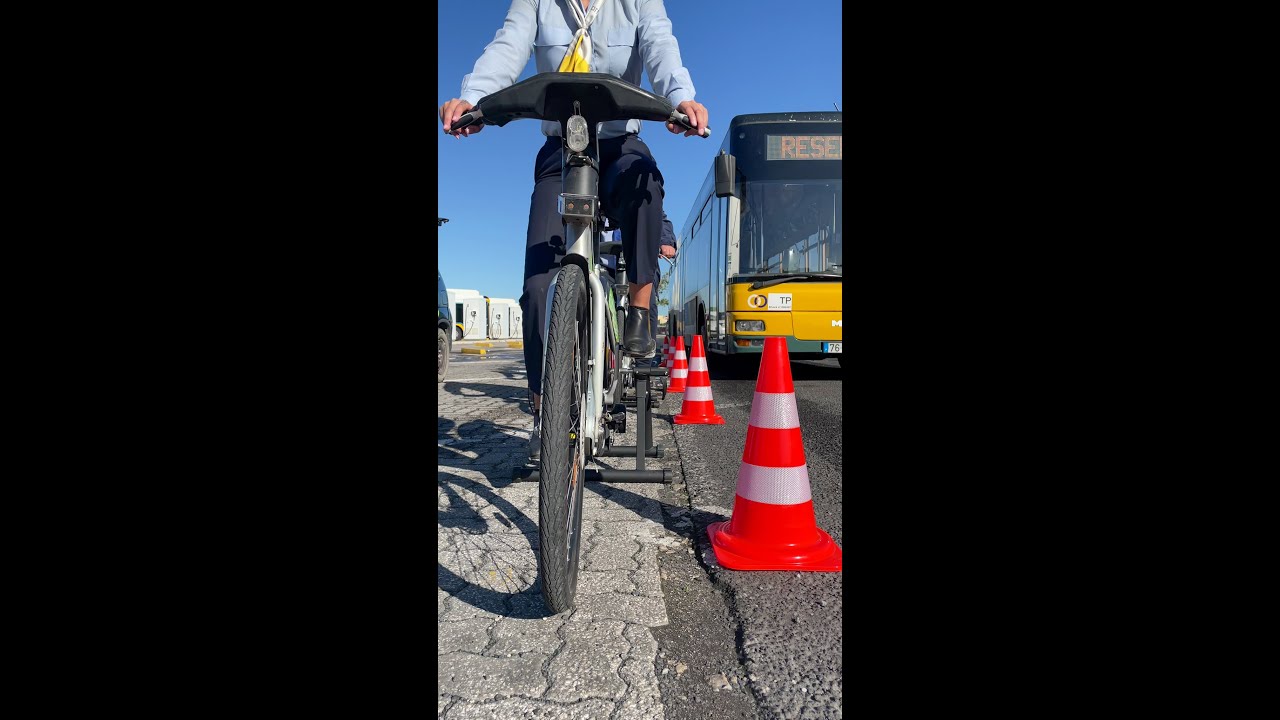
In essence, as this action has shown, the solution is to understand one side and the otherand by having a collective awareness for a better coexistence. If this initiative put Carris drivers in the shoes of cyclists, the former asked that there also be an awareness campaign for the latter. But problems also exist in other factions: "A person who rides public transportation is more aware to respect the priority of a bus when he goes by car"says one driver. José Caetano defends that the BUS lanes can be, in some cases, shared with bicycles and other soft mobility vehicles. "All this is solved by calming down and coexisting at 30 mph"he said, showing on his cell phone pictures of cities where he has been and where buses share space with bicycles. In 2021the average speed of buses in Lisbon was 14,47 km/h (and 9.57 km/h for the electric ones) - in 2019had been 14.23 km/h (9.25 km/h in the case of streetcars). Automobile traffic is noted as the main cause of bus delays.
